Home>Furniture & Design>Bathroom Fixtures>What To Use Behind A Shower Tile
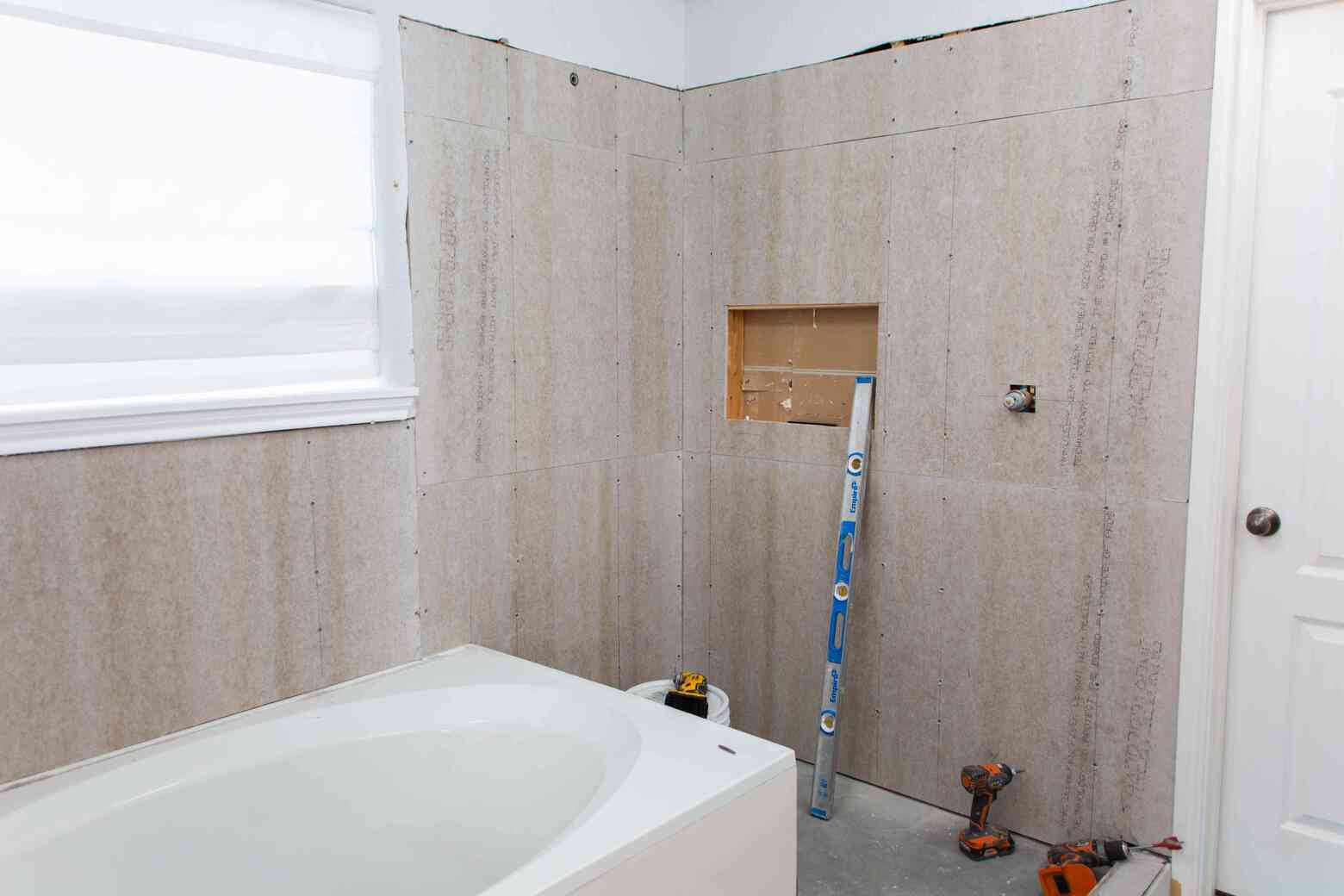

Bathroom Fixtures
What To Use Behind A Shower Tile
Modified: September 2, 2024
Discover the best bathroom fixtures to use behind a shower tile. Find expert tips and advice for your next bathroom renovation project.
(Many of the links in this article redirect to a specific reviewed product. Your purchase of these products through affiliate links helps to generate commission for Storables.com, at no extra cost. Learn more)
Cement Board
When it comes to tiling a shower, choosing the right material to install behind the tiles is crucial for ensuring a durable and long-lasting result. Cement board, also known as cement backer board, stands out as a popular choice for this purpose. Here’s why it’s a top contender for creating a solid foundation for your shower tiles:
- Water and Mold Resistance: Cement board is engineered to resist moisture, making it an ideal option for wet areas like showers. Its composition prevents water from seeping through and causing damage to the underlying structure. Additionally, its resistance to mold growth helps maintain a hygienic environment in your bathroom.
- Stability and Durability: With its sturdy construction, cement board provides a stable surface for tile installation. It effectively supports the weight of the tiles and withstands the pressures exerted during the tiling process. Its durability ensures that the tiles remain securely in place over time, minimizing the risk of cracks or loose tiles.
- Easy Installation: Cement board is designed for straightforward installation, allowing for efficient and hassle-free tiling projects. Its manageable weight and compatibility with standard tools make the installation process more convenient for DIY enthusiasts and professionals alike.
- Compatibility with Thinset Mortar: Thinset mortar, a key component in tile installation, adheres well to cement board, promoting a strong bond between the tiles and the substrate. This compatibility enhances the overall integrity of the tiled surface, contributing to its longevity.
- Fire Resistance: Cement board exhibits fire-resistant properties, adding an extra layer of safety to your shower area. In the event of a fire, its ability to withstand high temperatures can help contain the spread of flames, providing valuable time for evacuation and minimizing property damage.
When considering the materials to use behind shower tiles, cement board emerges as a reliable and practical option, offering a blend of water resistance, durability, and ease of installation. By incorporating cement board into your tiling project, you can establish a robust foundation that supports the longevity and performance of your shower tiles.
Key Takeaways:
- Cement board is the top choice for tiling behind a shower. It’s water-resistant, durable, and easy to install, making it perfect for creating a strong foundation for your shower tiles.
- Greenboard and waterproof membranes are also great options for tiling behind a shower. They offer enhanced moisture resistance and protection, ensuring a long-lasting and reliable tiled surface.
Greenboard
Greenboard, also known as moisture-resistant drywall, is a material commonly used in bathroom construction, particularly for areas that are exposed to moisture such as shower surrounds. Here’s a closer look at the features and considerations associated with using greenboard behind shower tiles:
- Moisture Resistance: Greenboard is specifically designed to offer enhanced moisture resistance compared to regular drywall. This feature makes it suitable for use in areas where it may be exposed to occasional moisture, such as the space surrounding a shower.
- Backing for Tiles: When properly installed and sealed, greenboard can serve as a suitable backing for shower tiles. It provides a relatively smooth and stable surface for tile adhesion, supporting the installation of a wide range of tile types and sizes.
- Installation Considerations: It’s important to note that while greenboard offers improved moisture resistance, it is not entirely waterproof. As a result, it should not be used in direct contact with water or subjected to continuous saturation. Proper installation methods, including the use of waterproofing membranes in high-moisture areas, are essential for ensuring the longevity and performance of the tiled surface.
- Sealing and Maintenance: To further enhance its moisture resistance, greenboard should be properly sealed and finished with suitable products to protect it from moisture infiltration. Additionally, regular maintenance and inspection can help identify and address any potential issues that may compromise its integrity over time.
- Consideration of Alternatives: While greenboard can be used in certain areas of the bathroom, such as the walls surrounding a shower, alternative materials like cement board or waterproof membranes may be preferred for the specific area within the shower enclosure where direct water exposure is a concern.
When evaluating the use of greenboard behind shower tiles, it’s essential to consider its moisture resistance, installation requirements, and compatibility with the overall design and waterproofing strategy for the shower area. By understanding its characteristics and limitations, you can make informed decisions regarding the selection and application of greenboard in your tiling project.
Waterproof Membrane
Integrating a waterproof membrane into the construction of a shower area is a critical step in ensuring the long-term integrity and performance of the tiled surface. Here’s a comprehensive overview of waterproof membranes and their essential role in supporting shower tile installations:
- Waterproofing Function: A waterproof membrane serves as a protective barrier against moisture, preventing water from infiltrating the underlying structure and causing damage. By creating a waterproof layer behind the tiles, it safeguards the structural elements of the shower enclosure and maintains a dry, stable environment.
- Flexible Application: Waterproof membranes are available in various forms, including sheet membranes and liquid-applied products. This versatility allows for tailored application methods based on the specific requirements of the shower area, accommodating curved surfaces, corners, and intricate details with ease.
- Seamless Protection: Properly installed waterproof membranes create a seamless and continuous barrier, effectively sealing the substrate and minimizing the risk of water penetration. This comprehensive coverage enhances the overall waterproofing strategy of the shower area, bolstering its resistance to moisture-related issues.
- Compatibility with Tile Adhesives: Waterproof membranes are designed to facilitate strong adhesion with tile-setting materials, ensuring a secure bond between the membrane and the tiles. This compatibility promotes the longevity and stability of the tiled surface, reducing the likelihood of water-related damage over time.
- Enhanced Durability: By fortifying the shower enclosure with a waterproof membrane, the overall durability of the tiled surface is significantly improved. The membrane acts as a protective shield, shielding the underlying structure from water exposure and preserving the integrity of the tiles and grout.
When considering the use of waterproof membranes behind shower tiles, it’s essential to recognize their pivotal role in fortifying the shower enclosure against moisture infiltration. By implementing a high-quality waterproofing solution, you can elevate the longevity and performance of the tiled surface, creating a resilient and dependable shower area.
Use cement backer board behind shower tiles for a strong, water-resistant base. Avoid using drywall, as it can deteriorate when exposed to moisture.
Drywall
Drywall, also known as gypsum board or wallboard, is a commonly used material in interior construction, including the creation of shower enclosures. While drywall is not inherently waterproof, it can be utilized in specific areas of the bathroom, including portions of the walls, with careful consideration of its limitations and proper waterproofing measures. Here’s a closer look at the role of drywall in the context of shower tile installations:
- Usage Considerations: In bathroom construction, drywall is typically employed in areas that are not in direct contact with water, such as the upper portions of the walls surrounding the shower. When used in these locations, it is essential to implement effective waterproofing strategies to protect the drywall from moisture exposure and potential damage.
- Backing for Tiles: Drywall can serve as a suitable backing for shower tiles in areas where it is shielded from direct water contact. Properly sealed and waterproofed, it provides a stable surface for tile adhesion, supporting the installation of tiles to create an aesthetically pleasing and functional shower enclosure.
- Waterproofing Measures: When incorporating drywall into the construction of a shower area, it is imperative to apply waterproofing materials and techniques to safeguard the drywall from moisture. This may involve the use of waterproof membranes, specialized sealants, and other moisture-resistant products to fortify the surface and prevent water infiltration.
- Regular Maintenance: To preserve the integrity of drywall within the bathroom environment, regular maintenance and vigilance are essential. Periodic inspections can help identify any signs of water damage or deterioration, allowing for prompt remediation to maintain the structural integrity of the drywall and the surrounding areas.
- Consideration of Alternatives: While drywall can be utilized in certain areas of the bathroom, including portions of the walls near the shower, alternative materials such as cement board, greenboard, or waterproof membranes may be preferred for locations that are more susceptible to direct water exposure.
When incorporating drywall into the construction of a shower enclosure, it is crucial to assess its suitability for specific areas within the bathroom and implement effective waterproofing measures to mitigate the risks associated with moisture exposure. By understanding its role and limitations, you can make informed decisions regarding the use of drywall in conjunction with other materials to create a resilient and functional shower area.
Backer Board
Backer board, a versatile and durable material, plays a pivotal role in providing a solid substrate for shower tile installations. Its unique characteristics and suitability for wet environments make it a popular choice for creating a robust foundation behind shower tiles. Here’s a comprehensive exploration of backer board and its significance in the context of shower construction:
- Water and Mold Resistance: Backer board is engineered to resist moisture, making it an ideal option for wet areas such as showers. Its composition prevents water from seeping through and causing damage to the underlying structure, while also inhibiting the growth of mold and mildew, contributing to a healthier and more hygienic environment.
- Stability and Durability: With its solid and stable composition, backer board provides a reliable surface for the installation of shower tiles. It effectively supports the weight of the tiles and withstands the rigors of the tiling process, ensuring a durable and long-lasting tiled surface that maintains its integrity over time.
- Easy Installation: Backer board is designed for straightforward installation, offering convenience for both do-it-yourself enthusiasts and professional contractors. Its manageable weight and compatibility with standard tools streamline the installation process, facilitating efficient and precise tile placement.
- Compatibility with Thinset Mortar: Backer board exhibits excellent compatibility with thinset mortar, the adhesive material used in tile installation. This compatibility promotes a strong and enduring bond between the tiles and the substrate, enhancing the overall stability and longevity of the tiled surface.
- Fire Resistance: Backer board boasts fire-resistant properties, contributing an additional layer of safety to the shower area. In the event of a fire, its ability to withstand high temperatures can help contain the spread of flames, providing valuable time for evacuation and minimizing property damage.
When evaluating the materials to use behind shower tiles, backer board emerges as a dependable and practical choice, offering a blend of water resistance, durability, and ease of installation. By incorporating backer board into your tiling project, you can establish a robust foundation that supports the longevity and performance of your shower tiles, ensuring a resilient and visually appealing shower area.
Frequently Asked Questions about What To Use Behind A Shower Tile
Was this page helpful?
At Storables.com, we guarantee accurate and reliable information. Our content, validated by Expert Board Contributors, is crafted following stringent Editorial Policies. We're committed to providing you with well-researched, expert-backed insights for all your informational needs.
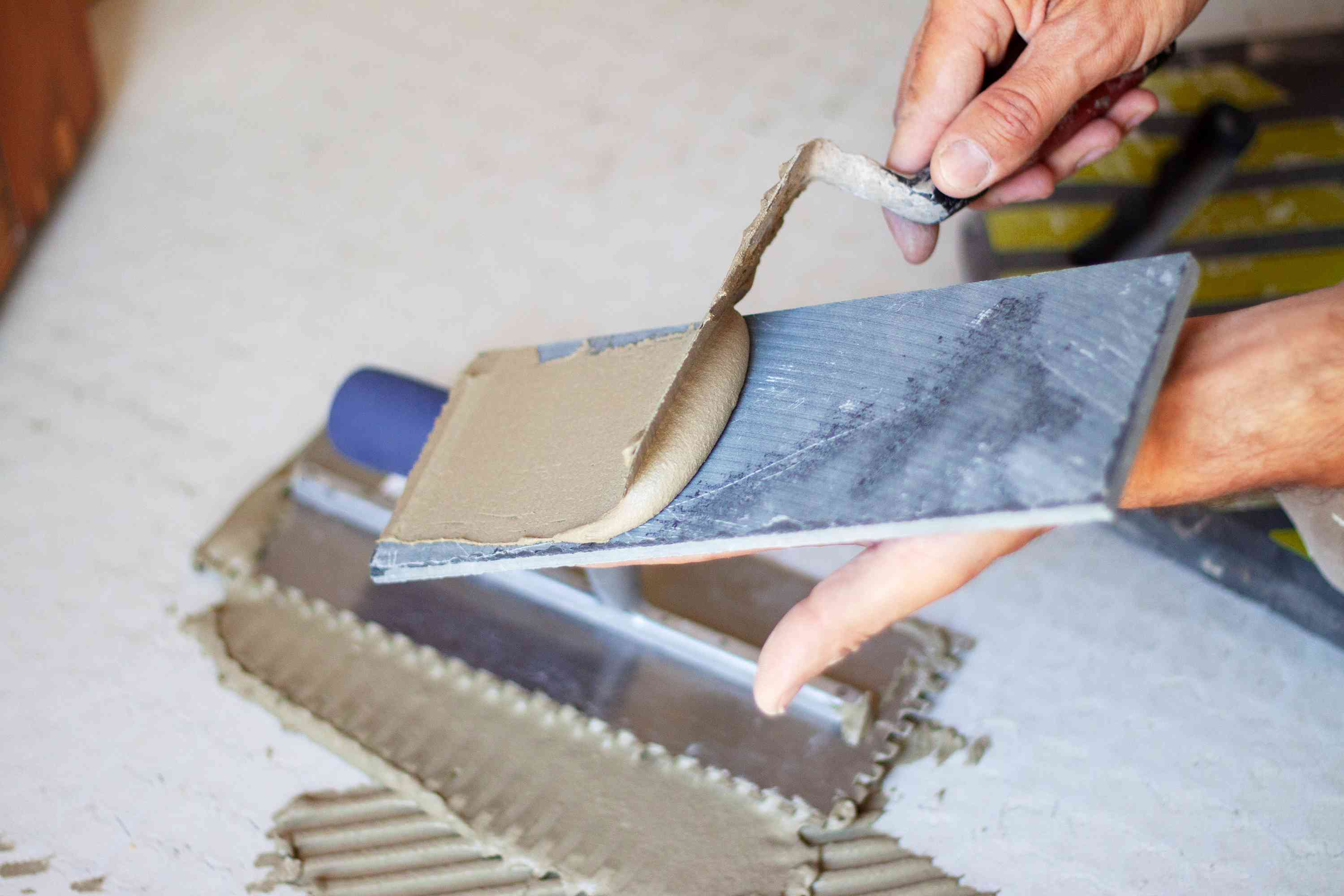
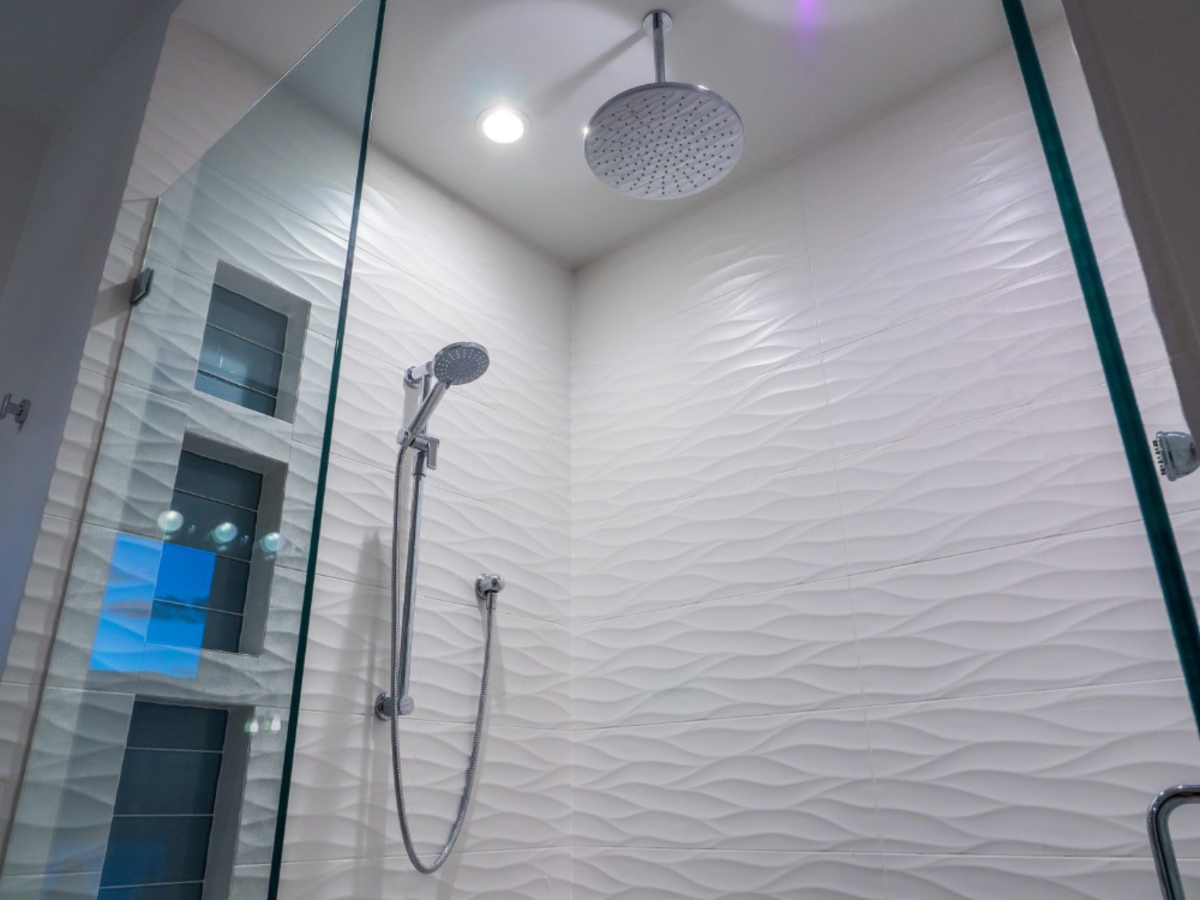
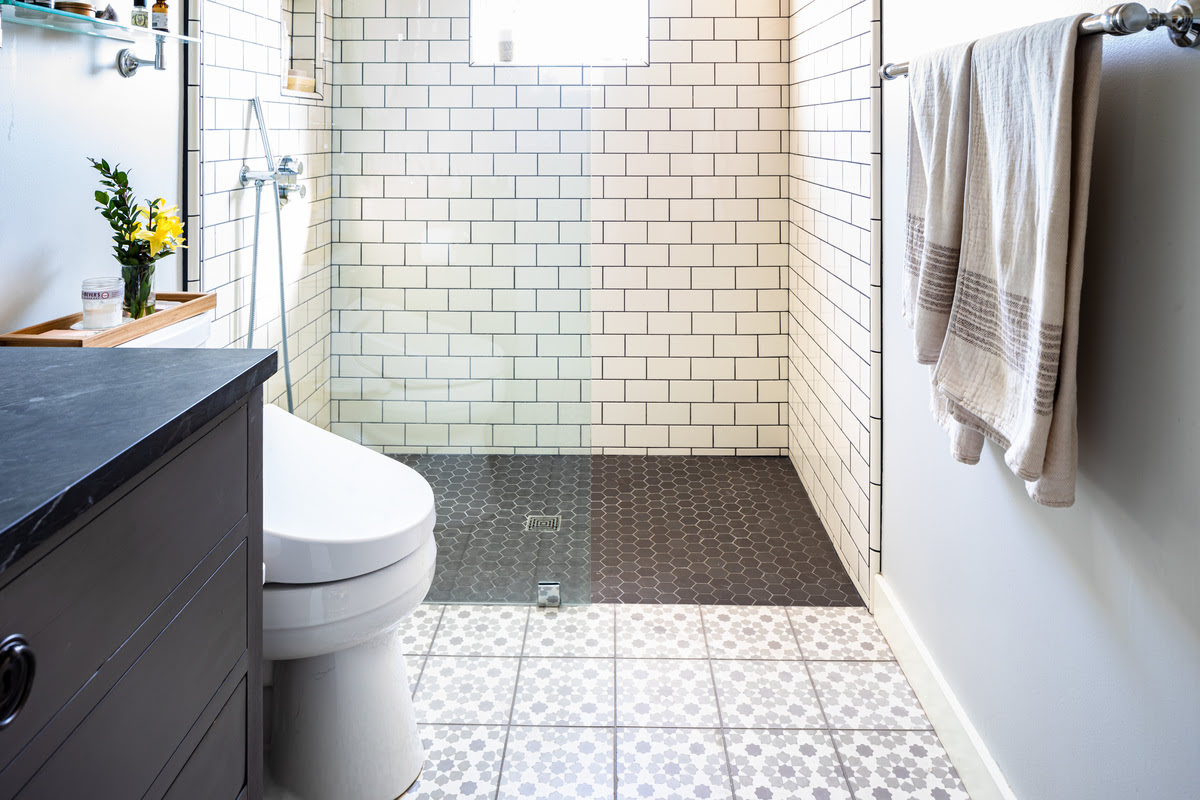
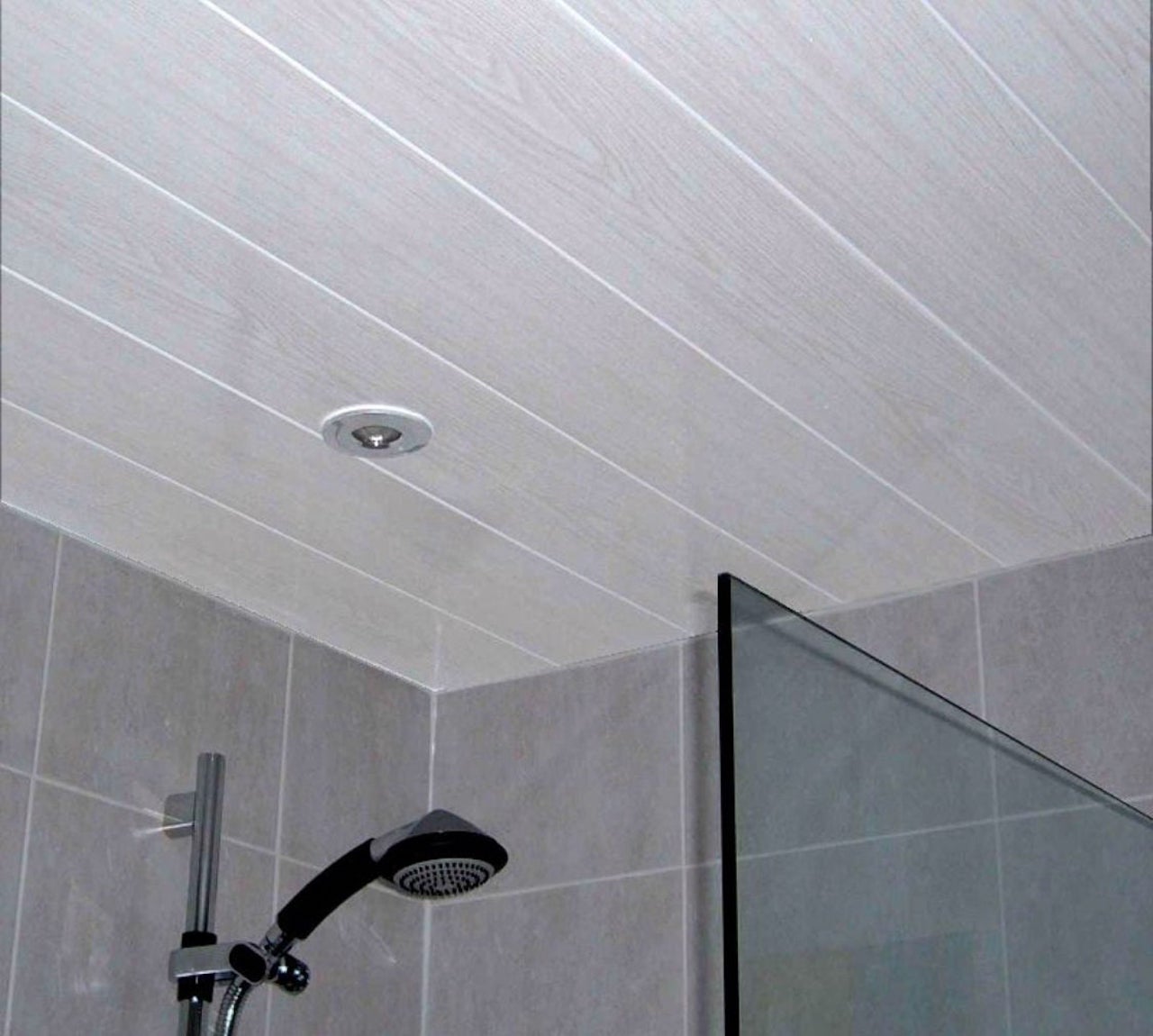
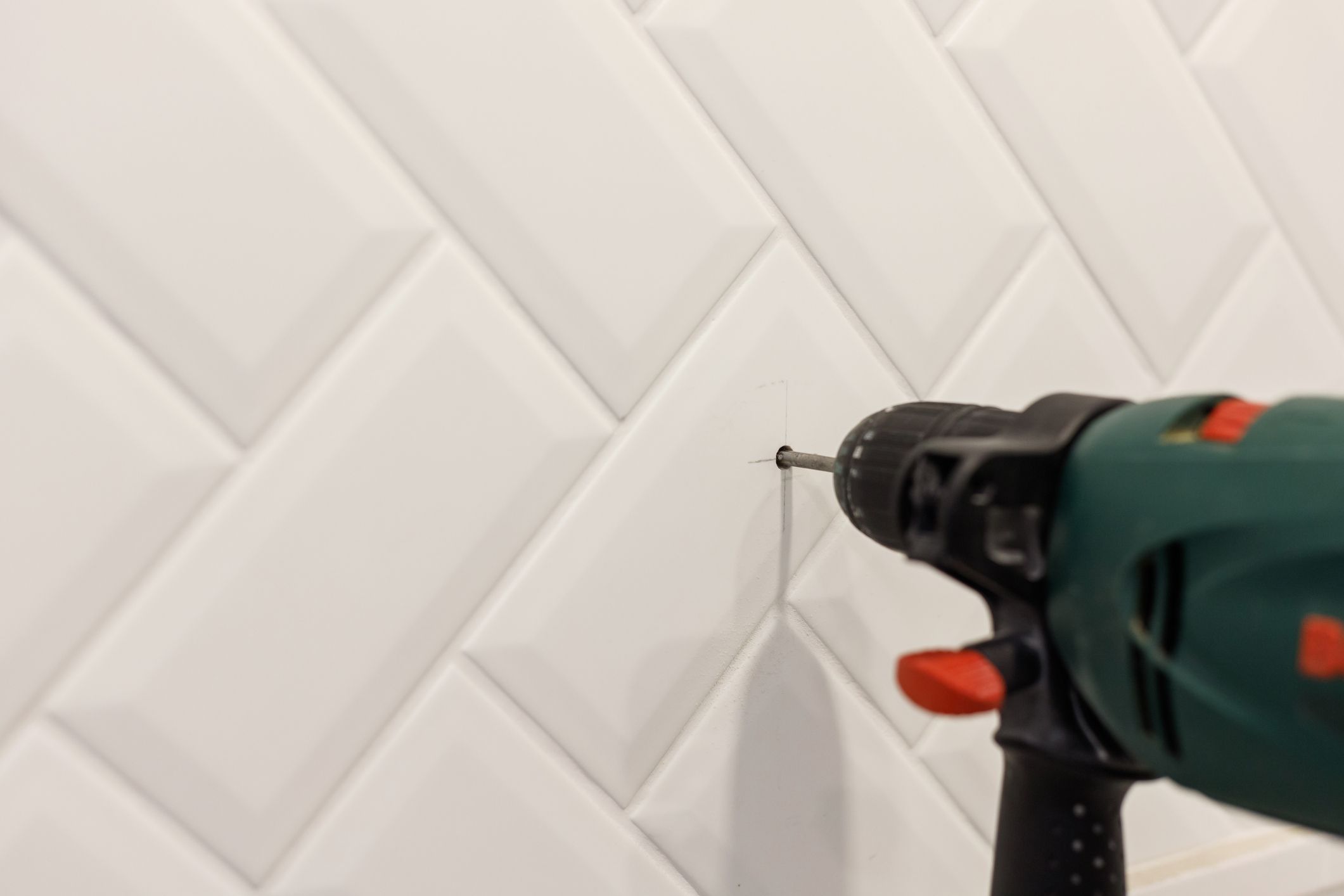
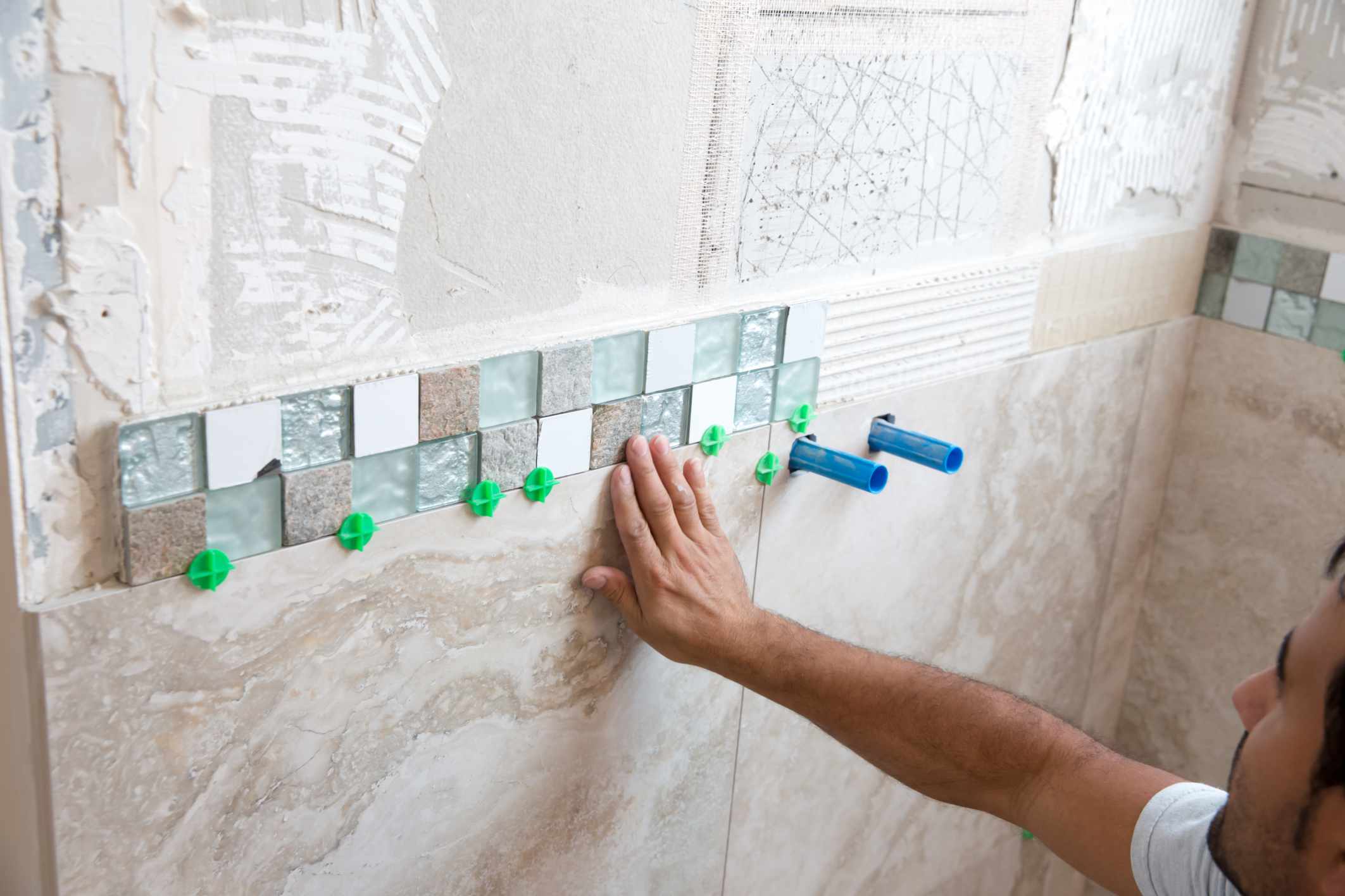
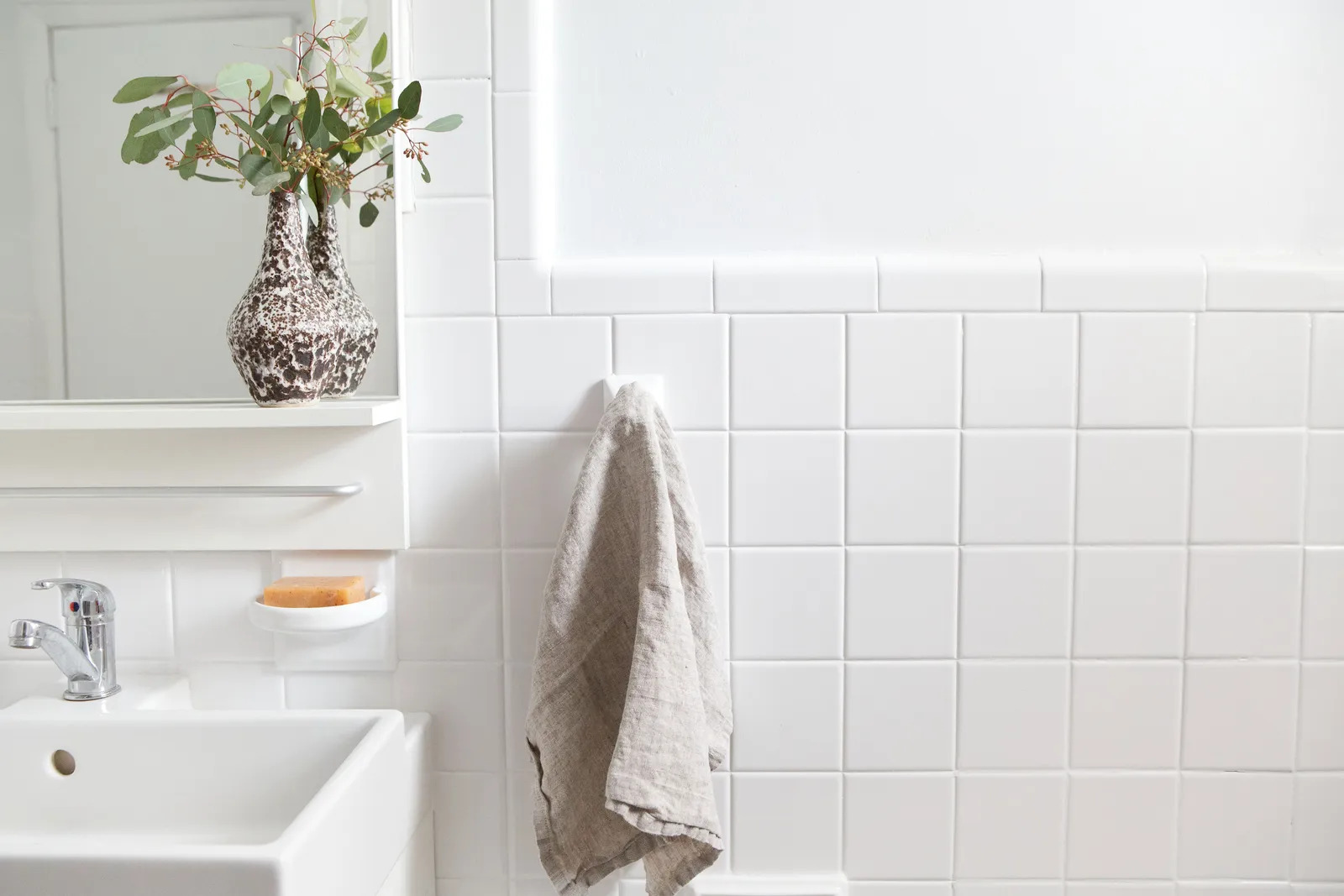
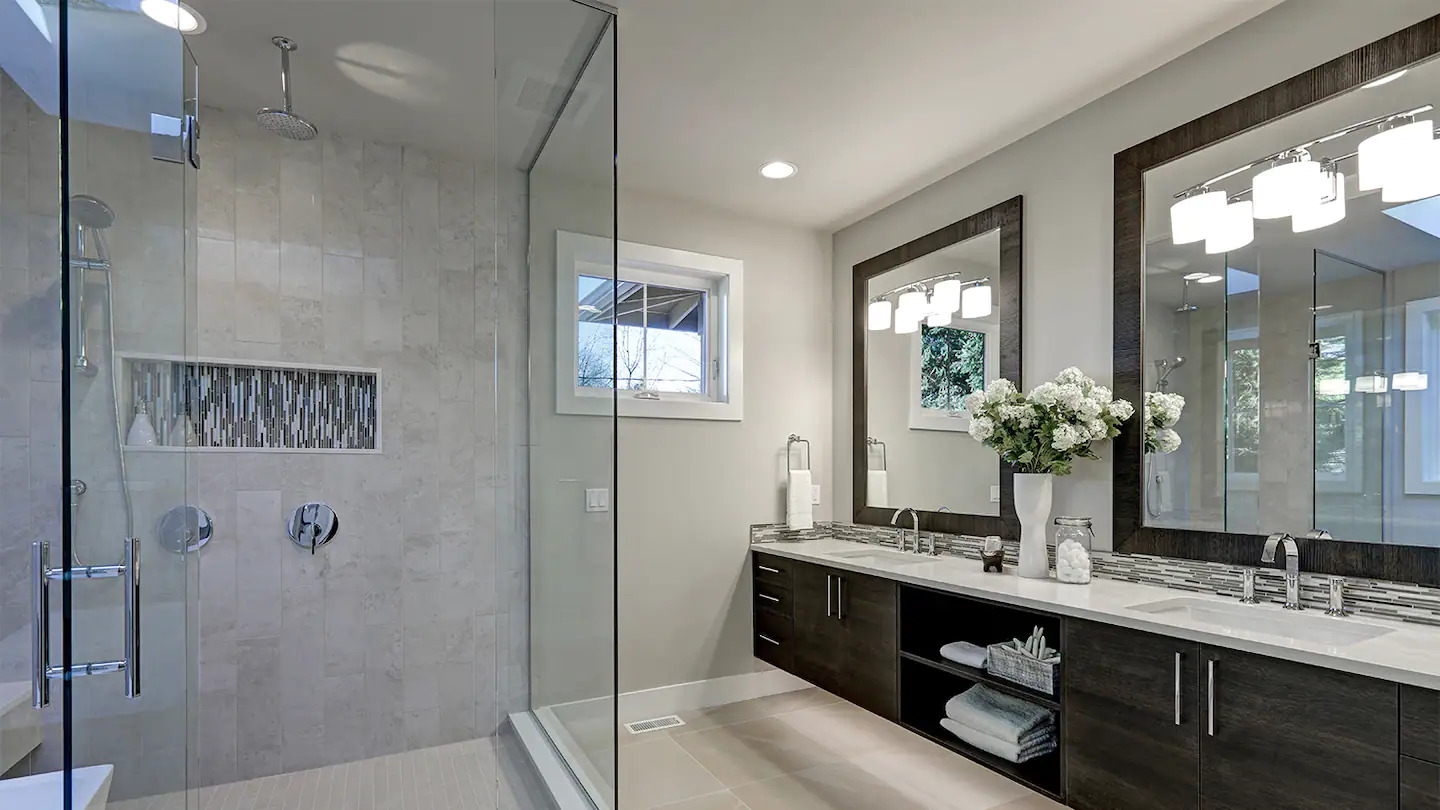
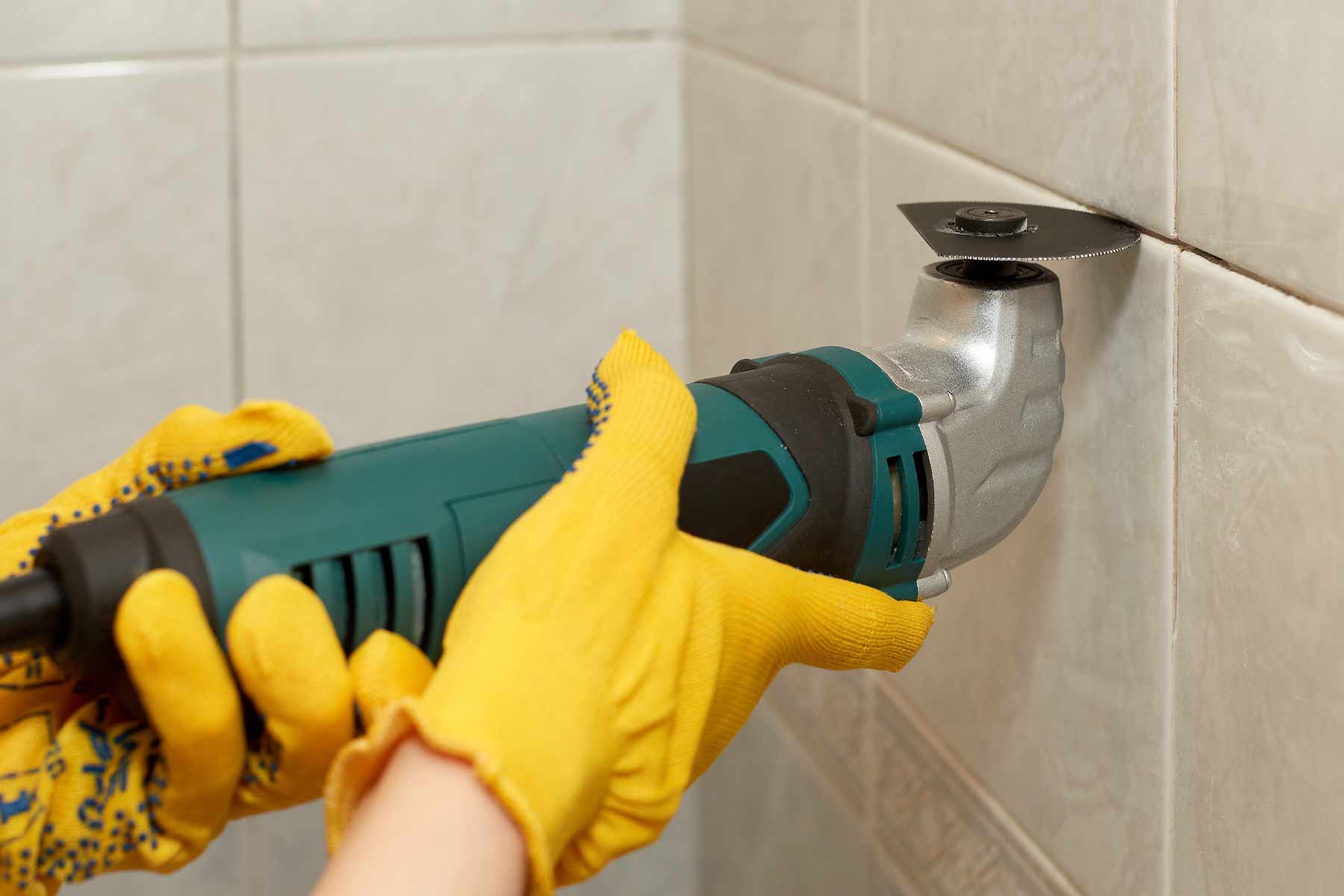
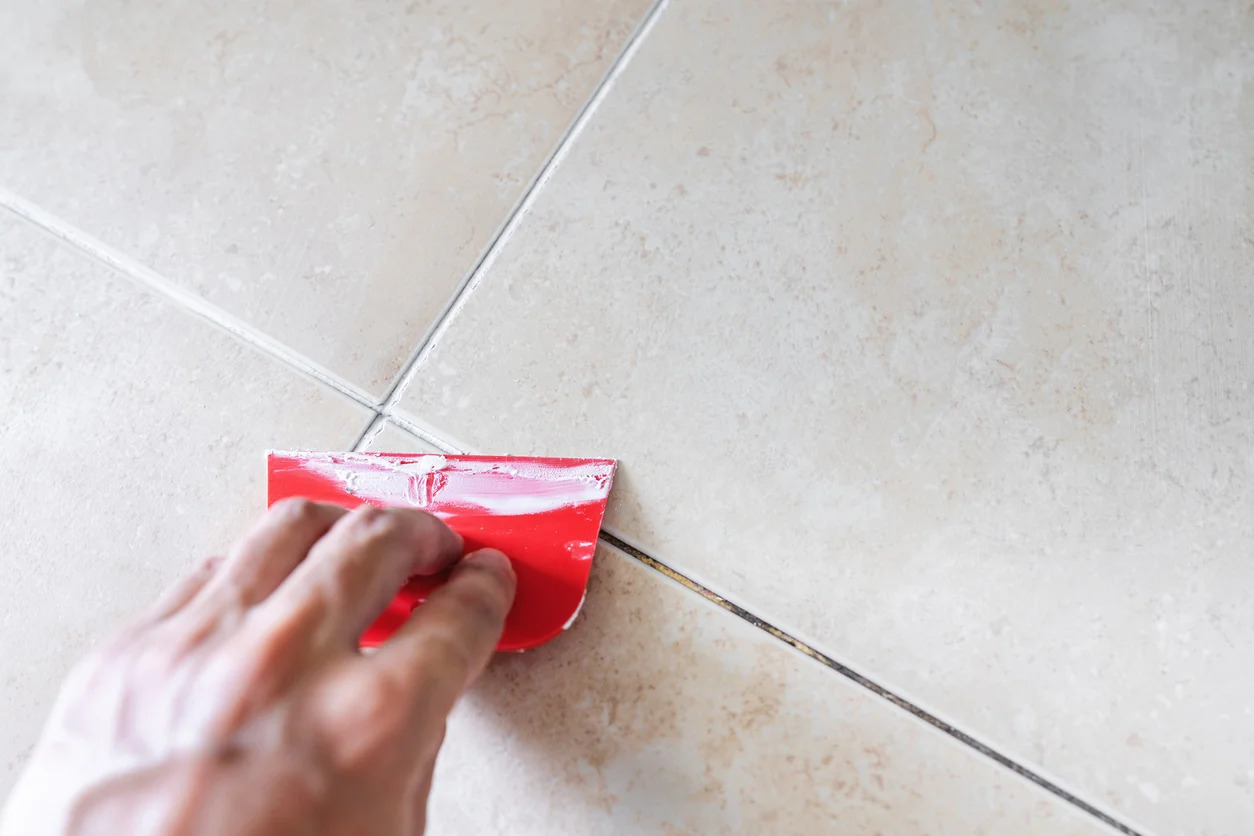
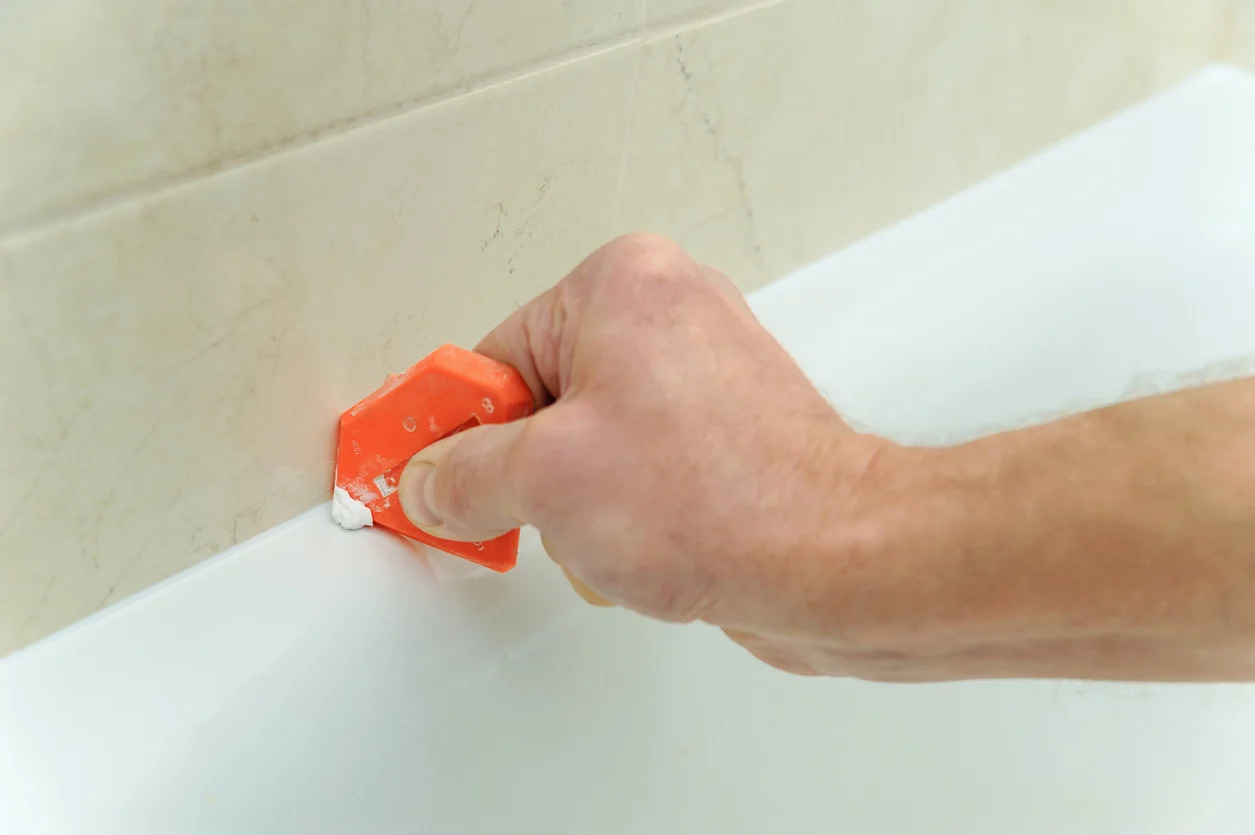
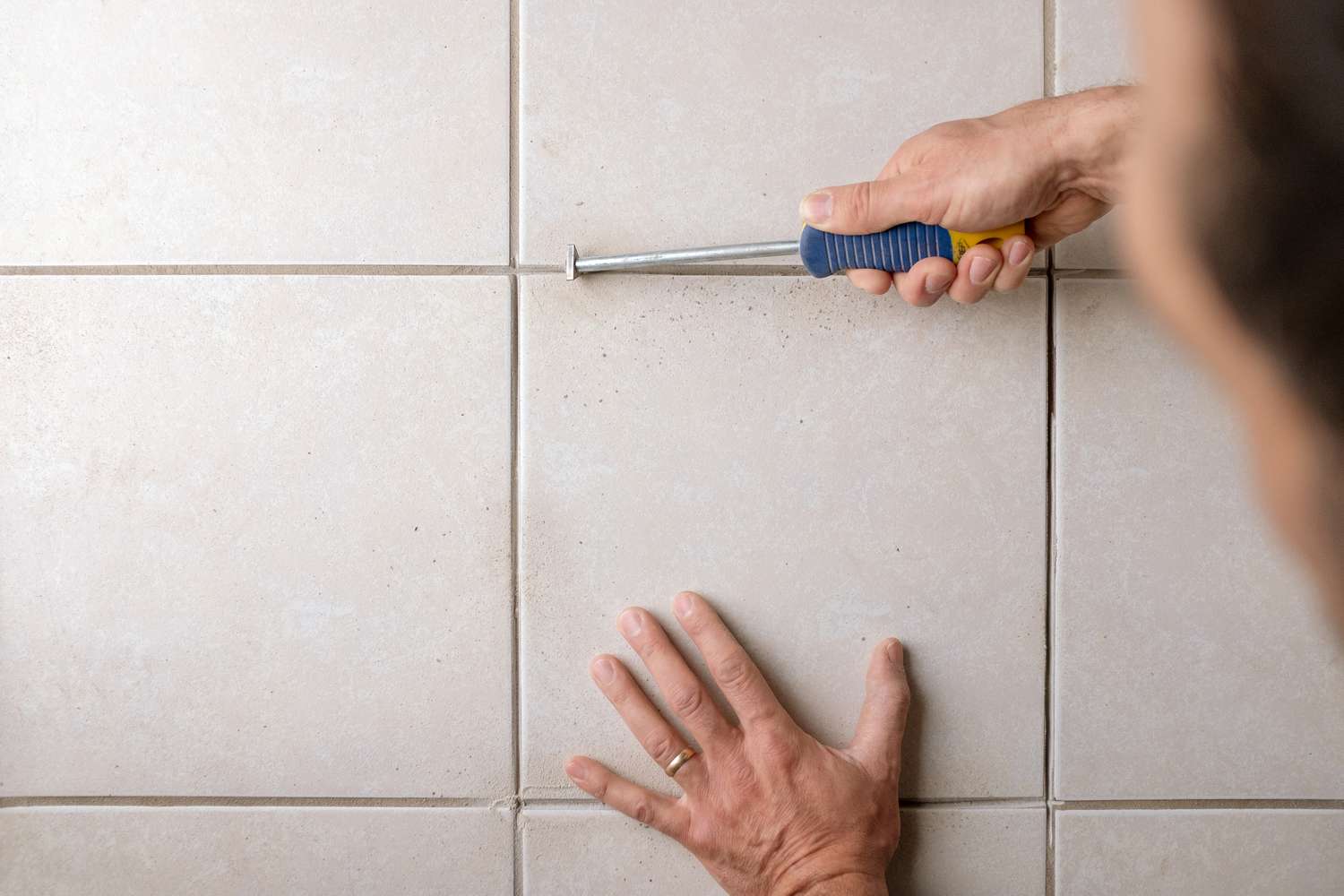
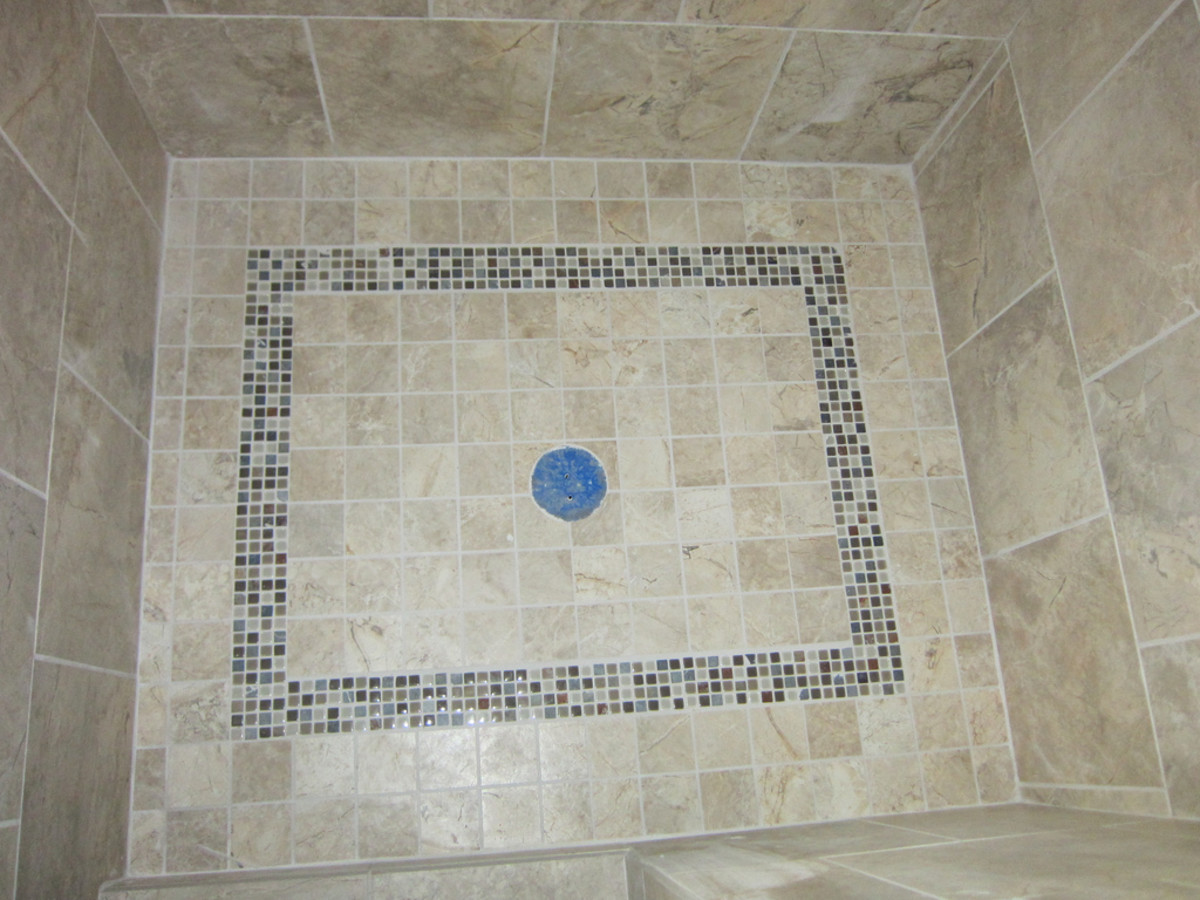
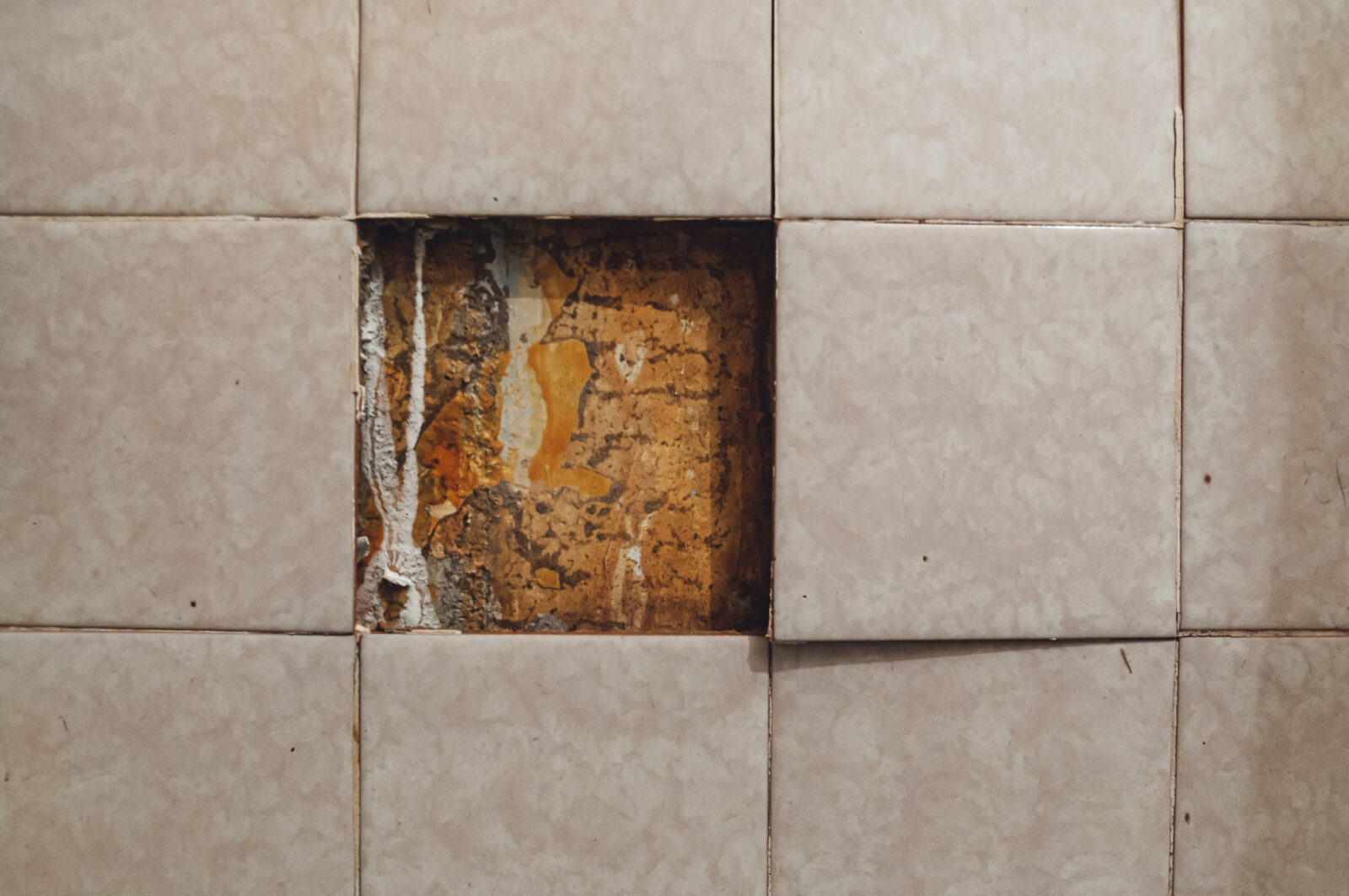
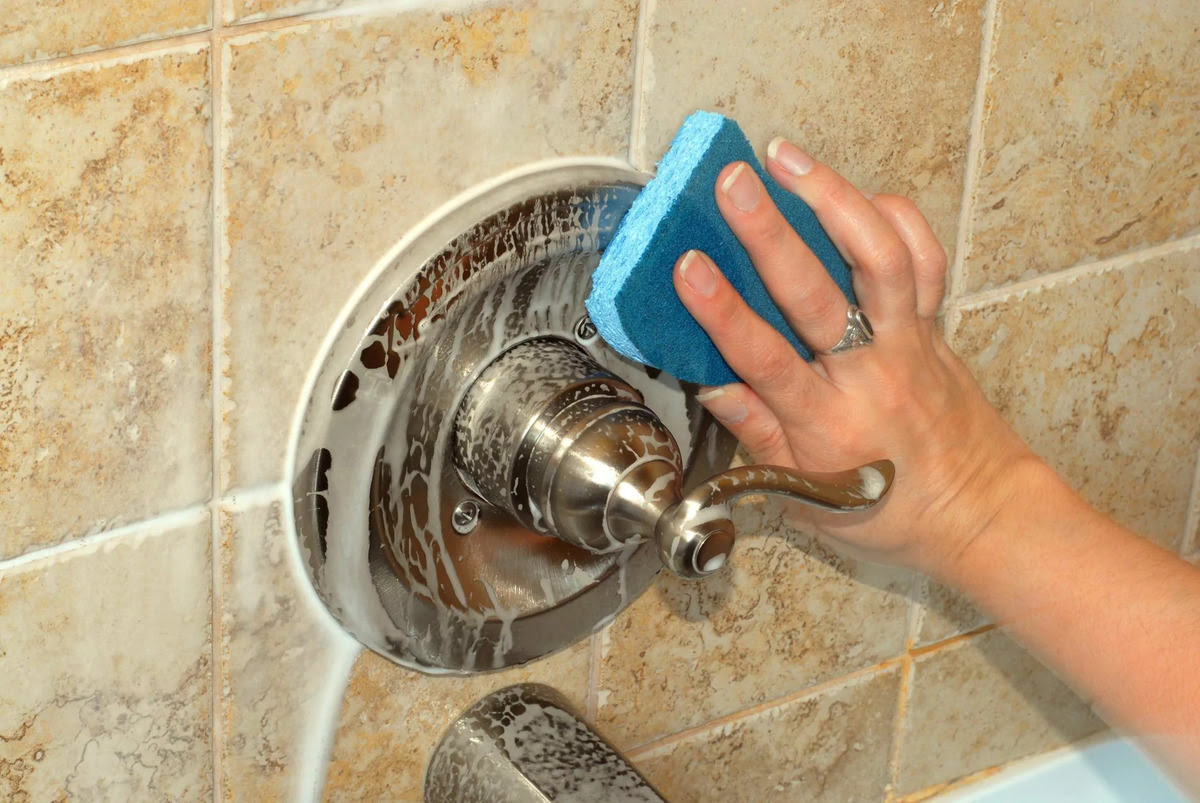

0 thoughts on “What To Use Behind A Shower Tile”